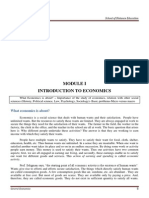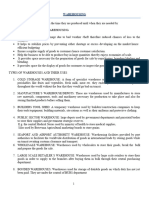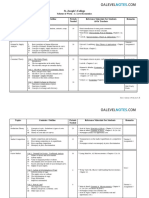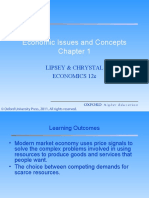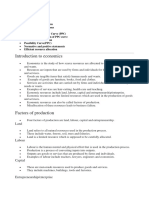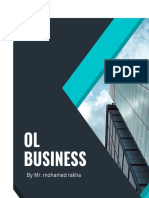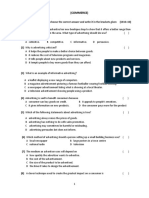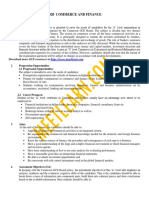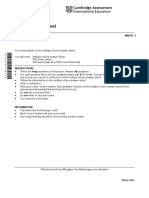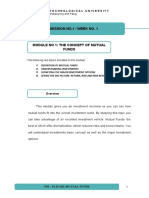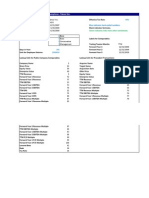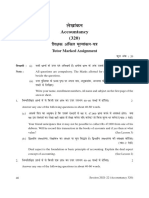0% found this document useful (0 votes)
2K views10 pagesEconomics Form Five Notes
The document discusses several ways that governments can stabilize the economy, including through taxation, expenditure, transfer policies, and influencing the circular flow of income. It describes different types of taxes (direct and indirect) and expenditures (capital and current). Governments use fiscal policy tools like taxation, government spending, and transfer payments to influence the economy, labor market, and income distribution. The circular flow of income shows how household income flows to businesses through factor payments and back to households through the purchase of goods and services.
Uploaded by
Meg PaigeCopyright
© © All Rights Reserved
We take content rights seriously. If you suspect this is your content, claim it here.
Available Formats
Download as DOCX, PDF, TXT or read online on Scribd
0% found this document useful (0 votes)
2K views10 pagesEconomics Form Five Notes
The document discusses several ways that governments can stabilize the economy, including through taxation, expenditure, transfer policies, and influencing the circular flow of income. It describes different types of taxes (direct and indirect) and expenditures (capital and current). Governments use fiscal policy tools like taxation, government spending, and transfer payments to influence the economy, labor market, and income distribution. The circular flow of income shows how household income flows to businesses through factor payments and back to households through the purchase of goods and services.
Uploaded by
Meg PaigeCopyright
© © All Rights Reserved
We take content rights seriously. If you suspect this is your content, claim it here.
Available Formats
Download as DOCX, PDF, TXT or read online on Scribd
/ 10
